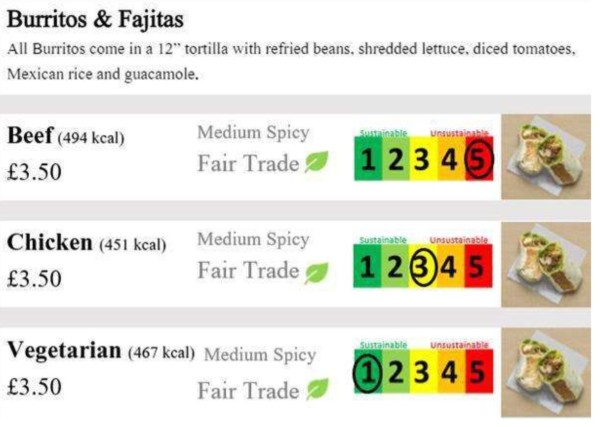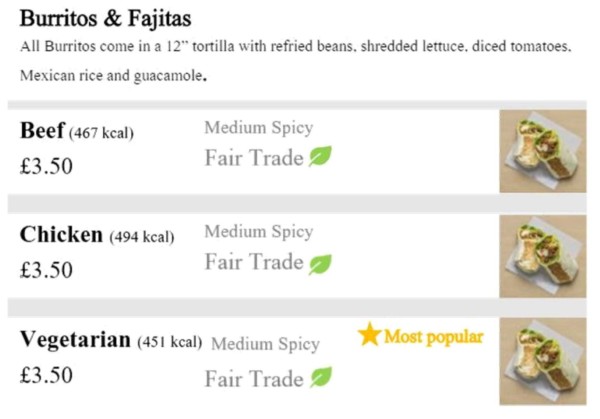By Katie De-loyde
Your Diet and the Environment
Eating meat and dairy products can have considerable adverse effects on the environment, largely owing to the huge amounts of methane, a harmful greenhouse gas, cows, pigs, and other farm animals release into the atmosphere. In fact, livestock production contributes an estimated 14.5 to 18.0 per cent of human-induced global greenhouse gas emissions, which is similar, if not more than, the emissions from transport globally. Livestock production is also a major cause of rainforest deforestation, and the single largest driver of habitat and biodiversity loss. It also leads to soil and water pollution and puts huge strain on local water resources.
Overall, studies have shown that going vegetarian can reduce environmental damage significantly and going vegan can reduce this even further. In addition, in 2019, 37 researchers from 16 countries published the Eat-Lancet report, which supports the global adoption of a mainly plant-based diet, with significant reductions in consumption of animal products such as meat and dairy.
Promoting a More Sustainable Diet
One way to promote a more sustainable diet is to label food products with information about sustainability (eco-labelling), for example by providing details of water and land usage, as well as greenhouse gas emissions, using a traffic light system. Another option is the use of social nudging, such as telling consumers that a particular menu option is the most popular choice.
My co-authors and I wanted to discover if increasing the awareness of the impacts of different meals would influence consumers to choose a more sustainable option. To do this, we used an eco-label (Figure 1) and a social nudge label (Figure 2) to investigate whether adding these labels would influence food choice compared to a control group with no label. We conducted the study online with UK adults who were 18 years or older. These people were randomised to one of three different groups, each showing three burrito options with different accompanying menu information.

Figure 1: Eco-label.

Figure 2: Social Nudge Label.
All menus contained a photo of each burrito as well as the calorie content, a Fairtrade logo, a spice indicator, and the price, which was the same for all options. But on one menu, each burrito was also given an eco-label, with the beef option scoring ‘5’ in red, highlighting it is unsustainable. The chicken option had a yellow ‘3’, indicating it was neither sustainable nor unsustainable, and the vegetarian option got a green ‘1’ for sustainable. Another menu featured a ‘social nudge’ – an indicator encouraging people to act according to the most sustainable option. This resembled a gold star, including the words ‘Most Popular’ placed alongside the vegetarian burrito. Participants were randomly shown one of the three menus and asked to pick a burrito option, as if they were normally ordering food online. They were also asked follow-up questions designed to measure their level of motivation to act sustainably and meat consumption.
Eco-labels vs Social Nudges
We found that both the eco-label and social nudge label were effective at influencing more sustainable food choices, and although both labels produced promising results, the eco-label was the most effective. Additionally, we found that a third of the participants who were given the ‘control’ menu – without a social nudge or eco-label – went for the beef burrito. However, this dropped to 29 per cent for those who saw the social nudge labelled menu, and to 16 per cent for those who saw the eco-labelled menu.
Considering that reducing beef intake is a specific component of many sustainability strategies, eco-labelling and/or social nudging could provide an effective method to achieve this. A mandatory eco-label could help to address some of the information gaps consumers have concerning the sustainability of the products they are buying and enable people to choose sustainably if they wish. The eco-label was particularly effective among those people who reported a high level of motivation to act sustainably. This suggests that these kinds of labels help people make dietary decisions which are in line with their personal values. However, considering we observed relatively high motivation to act sustainably among our participants, but the reported mean consumption of meat was six times per week, this suggests consumers would benefit from having information that could assist them in their goals of acting more sustainably. Currently, sustainability information about our food is not made freely available in the UK, contributing to a lack of freedom to choose for those individuals who are motivated to do so.
Furthermore, and somewhat surprisingly, participants were positive about the eco-label, with a huge 90 per cent of participants supporting the idea of an eco-label, compared to only 52 per cent of participants supporting the social nudge.
Implications
More research in real-world settings (rather than online) is essential. However initial results from our study suggest that future policy could include eco-labelling and/or a social nudge in both real-world and online settings to reduce meat consumption and help to meet global climate change targets.
This article was edited by Mariliis Öeren.

